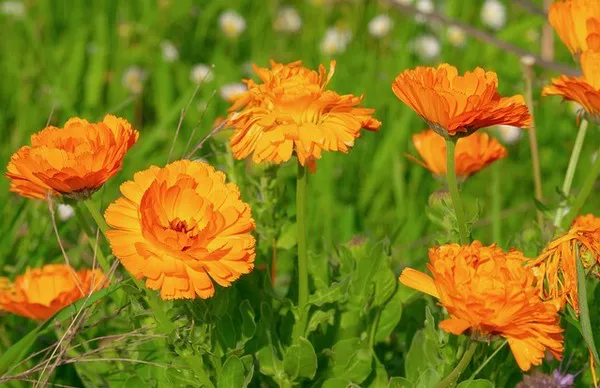Rabbits are undeniably cute creatures, but their voracious appetite for plants can wreak havoc on your garden, particularly when it comes to flowers. For gardeners and flower enthusiasts, finding effective methods to deter rabbits from feasting on delicate blooms is essential for maintaining a flourishing garden. In this article, we’ll explore various strategies and techniques to keep rabbits from eating your precious flowers.
Understanding Rabbit Behavior
Before delving into preventative measures, it’s crucial to understand rabbit behavior and what attracts them to your garden in the first place. Rabbits are herbivores, meaning they primarily feed on plants. Their diet typically consists of grass, clover, vegetables, and, unfortunately for gardeners, flowers. Rabbits are attracted to gardens for their abundant food sources, shelter, and safe hiding spots.
Physical Barriers
One of the most effective methods for protecting your flowers from rabbits is to erect physical barriers around your garden. This can include fencing, chicken wire, or hardware cloth. Ensure that the barrier extends at least a foot underground to prevent rabbits from burrowing underneath.
When choosing fencing materials, opt for materials with small gaps or mesh to prevent rabbits from squeezing through. Additionally, make sure the fencing is tall enough to deter rabbits from jumping over. A height of at least two feet is recommended, but for larger breeds of rabbits, taller fencing may be necessary.
Repellents
Another approach to deter rabbits from munching on your flowers is to use repellents. There are various commercial repellents available, including sprays, granules, and powders, that emit odors or tastes that rabbits find unpleasant. Common ingredients in rabbit repellents include garlic, capsaicin (found in hot peppers), and predator urine.
When using repellents, be sure to follow the manufacturer’s instructions carefully and reapply as directed, especially after rain or watering. It’s also wise to test the repellent on a small area of your flowers before applying it more broadly to ensure it doesn’t cause any damage.
Natural Barriers
In addition to physical barriers and repellents, incorporating natural barriers into your garden can help deter rabbits. Planting rabbit-resistant flowers and herbs can create a natural deterrent, as rabbits are less likely to target plants with strong scents or bitter tastes.
Some examples of rabbit-resistant plants include:
Lavender
Daffodils
Catnip
Sage
Rosemary
Strategically placing these plants throughout your garden can help protect more vulnerable flowers from rabbit damage.
Habitat Modification
Modifying your garden’s habitat can also discourage rabbits from taking up residence. Clearing away dense vegetation and debris eliminates hiding spots for rabbits, making your garden less attractive to them. Additionally, removing sources of food, such as fallen fruits or vegetables, can help discourage rabbits from frequenting your garden.
Scare Tactics
Implementing scare tactics can startle rabbits and deter them from returning to your garden. Some effective scare tactics include:
Motion-activated sprinklers: These devices emit a burst of water when they detect movement, startling rabbits and encouraging them to flee.
Noise makers: Installing wind chimes, tin cans filled with pebbles, or radios set to a talk station can create noise that rabbits find disruptive and unpleasant.
Visual deterrents: Placing shiny objects, such as aluminum foil strips or CDs, around your garden can confuse and scare rabbits away.
Regularly changing the location or type of scare tactics can prevent rabbits from becoming accustomed to them.
Maintaining a Vigilant Garden
Despite your best efforts, rabbits may still find their way into your garden from time to time. Regularly inspecting your garden for signs of rabbit activity, such as droppings or nibbled plants, allows you to take prompt action to protect your flowers.
If you notice evidence of rabbit damage, reinforce physical barriers, reapply repellents, or adjust your scare tactics as needed. By staying vigilant, you can minimize the impact of rabbit damage on your flowers and maintain a thriving garden.
Conclusion
Protecting your flowers from rabbits requires a combination of preventative measures, including physical barriers, repellents, natural deterrents, habitat modification, and scare tactics. By understanding rabbit behavior and implementing these strategies, you can safeguard your garden and enjoy your beautiful blooms without fear of them becoming a rabbit’s next meal. With patience and persistence, you can create a garden that delights both you and the local wildlife.


